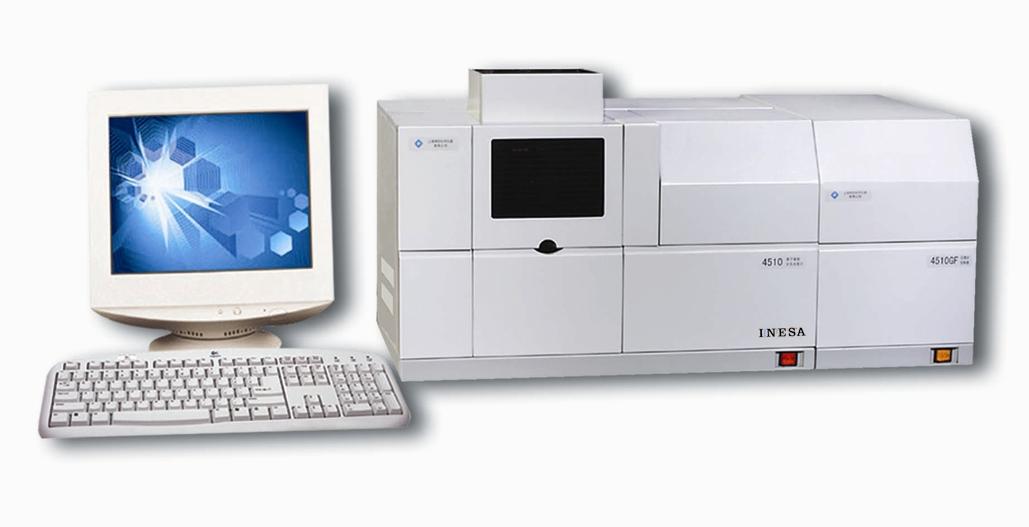

modulation of the laser by a chopper (frequencies from 1. The hollow cathode effect allows electrical conduction at a lower voltage or with more current in a cold-cathode gas-discharge lamp when the cathode is a conductive tube open at one end than a similar lamp with a flat cathode. High-frequency modulation of the hollow-cathode lamp was applied to eliminate the influence of furnace emission on Zeeman-effect AAS signals. chosen hollow-cathode lamp a convenient tool for high-resolution spectroscopic experiments.

components of the radiation emitted by the furnace wall cause systematic errors in the ZAA signal and also contribute to the noise. The enhancement is much more pronounced in integrated absorbance than in peak absorbance. Simultaneously by Rb cathode modulation Being placed in the container that. When furnace emission is present, the ZAA:AAS ratio is increased. High-performance hollow-cathode lamps were first reported by Sullivan and Walsh 19, which could enhance sensitivity by providing a stronger and more stable. The hollow cathode lamp is used in the atomic optical filter to serve as an. The ratio of the absorbances, ZAA:AAS, is equal in peak height and in integrated absorbance in the absence of furnace emission. The ratio of the signals measured with Zeeman-effect background-corrected atomic absorption spectrometry (ZAA) and atomic absorption spectrometry without Zeeman-effect background correction (AAS), depends on the contribution of the furnace emission intensity to the measured intensities. components, independent of the total amount of furnace emission that reaches the detector. About 8% of the radiation emitted by the wall of the graphite furnace consists of a.c.


 0 kommentar(er)
0 kommentar(er)
